The Wounded Philoctetes 1775
From 1772 Abildgaard spent five years in Rome thanks to a scholarship granted by the Royal Danish Academy of Fine Arts in Copenhagen. It was while in Rome that he created this depiction of the legendary hero Philoctetes, whose screams of pain caused by a festering snakebite made his comrades-in-arms abandon him on a Greek island during the Trojan war.
[br]
[b]Challenging ...
- Credit:
- Courtesy of the National Gallery of Denmark
More from this artist...
Loading...
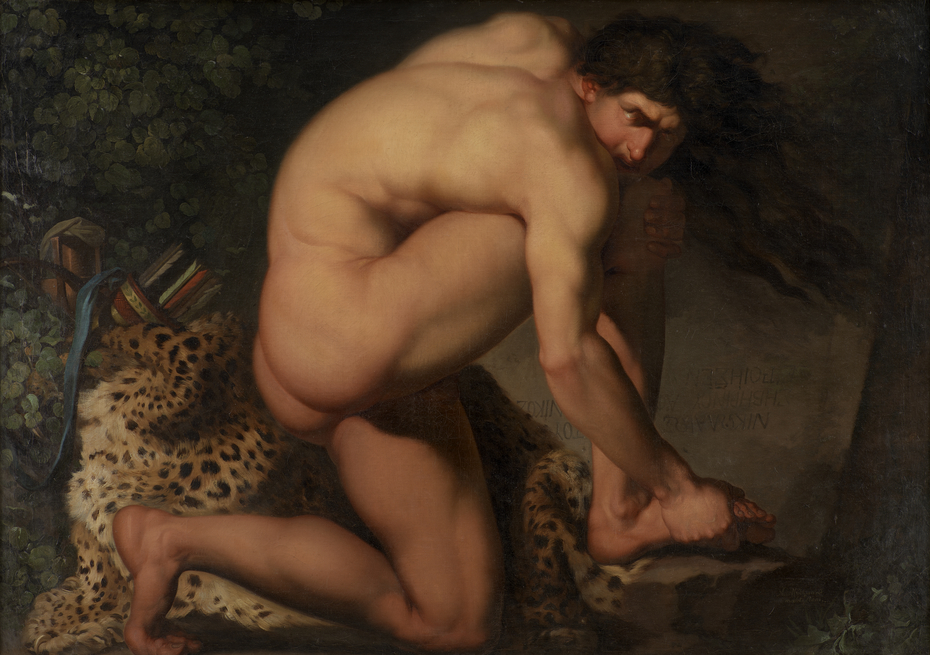
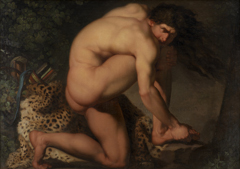
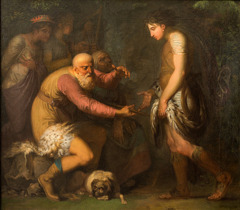

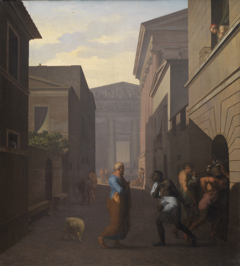


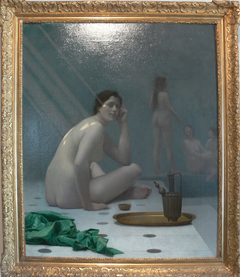

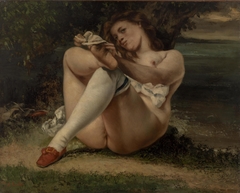
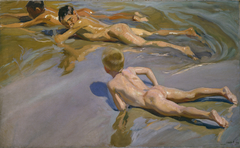
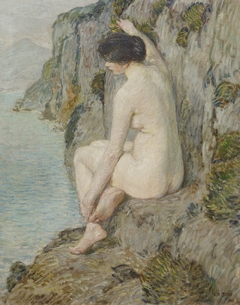



Discussion